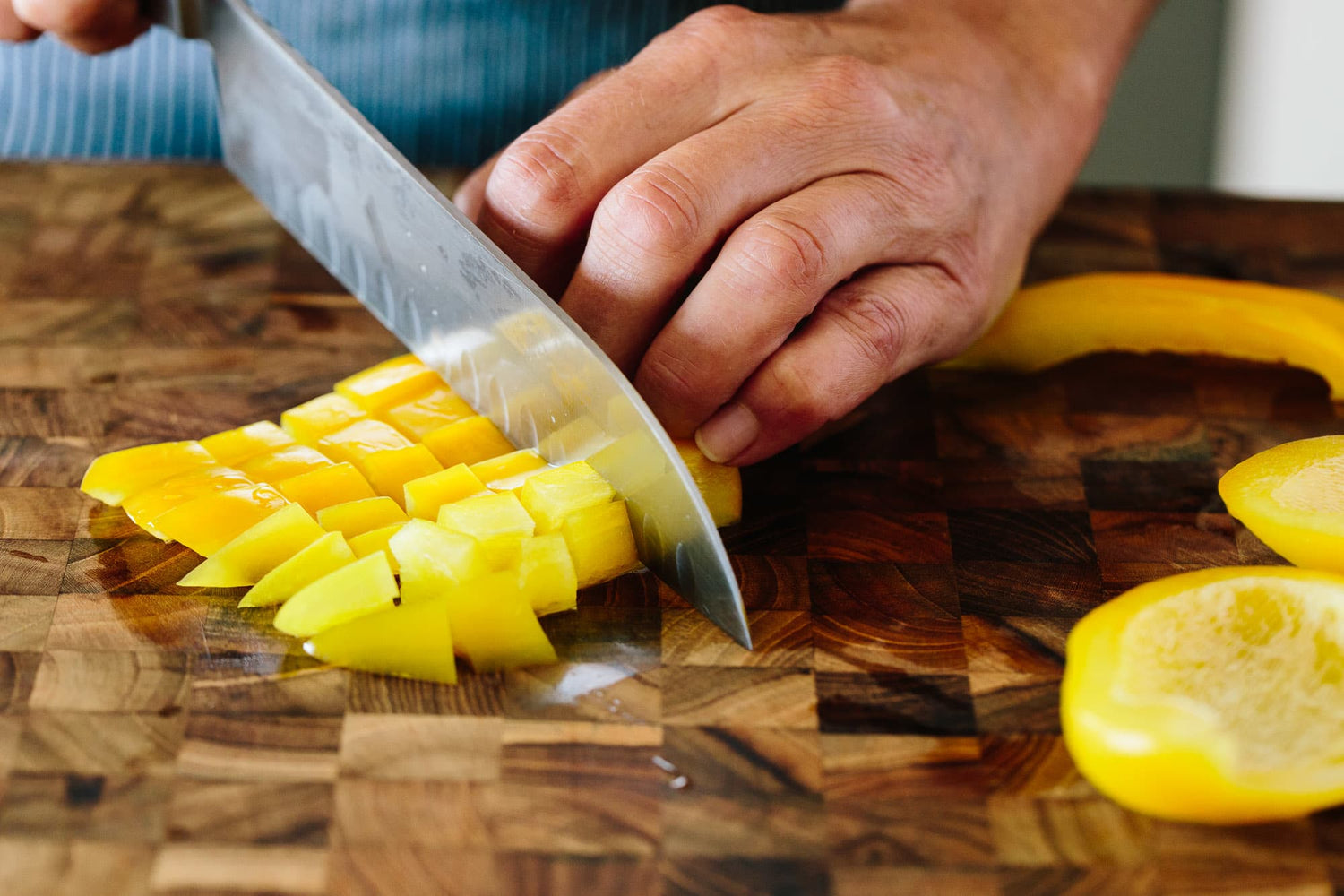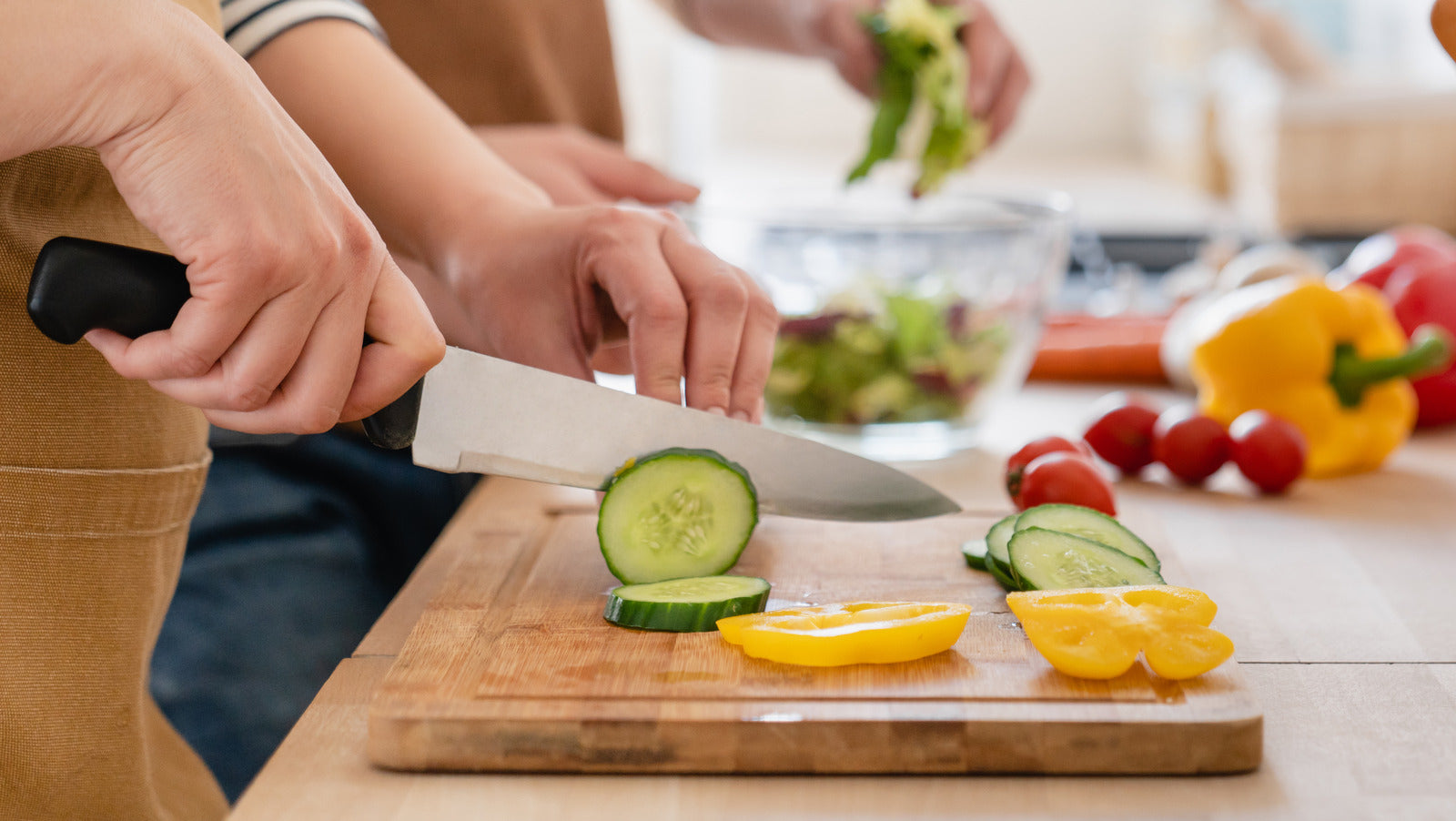If you're a professional in the culinary world or a home chef passionate about refining your kitchen skills, you've likely asked yourself: What is the difference between a cutting board and a charcuterie board? While these two items may seem similar at first glance, each serves a unique role in the kitchen and dining experience. Understanding their purposes and choosing the right one for your needs can have a surprising impact on the culinary process and food presentation.
Let's explore the distinct features, uses, and maintenance tips for cutting boards and charcuterie boards. By the end of this article, you'll have a clear understanding of how these kitchen essentials differ and why selecting the proper tool matters.

What Is a Cutting Board?
A cutting board is an indispensable tool for food preparation, providing a durable surface for slicing, chopping, and dicing. Primarily crafted from materials like wood, plastic, bamboo, or composite, cutting boards are designed to handle the wear and tear of daily kitchen tasks.
The main qualities of a cutting board include:
- Resistant to Knife Damage: Durable materials reduce knife dulling and blade damage.
- Functional Design: Often includes juice grooves to contain liquid when cutting fruits, vegetables, or meats. Learn more about juice groove cutting boards.
- Easy Maintenance: Plastic boards are dishwasher-safe, while wooden boards require handwashing and regular oiling.
What Is a Charcuterie Board?
In contrast, a charcuterie board is a sophisticated serving tray used for presenting cured meats, cheeses, nuts, fruits, and spreads. Elevated by its aesthetic appeal, charcuterie boards add creativity and elegance to social gatherings and events.
Characteristics of a charcuterie board include:
- Material Variety: Often made of wood, slate, marble, or ceramics for a stylish presentation.
- Focus on Presentation: Typically larger and more decorative in nature, perfect for arranging items.
- Less Wear and Tear: These boards are used for serving rather than heavy chopping.
Key Differences Between Cutting Boards and Charcuterie Boards
While both boards have unique purposes, heres a breakdown of their key differences:
1. Primary Function
A cutting board is meant for rigorous food prep, while a charcuterie board emphasizes presentation and serving. A cutting board will show signs of wear over time due to its role in chopping, whereas charcuterie boards are designed to stay pristine.
2. Materials
Although wood is common for both, cutting boards lean toward durable woods like maple and bamboo, whereas charcuterie boards often feature decorative materials like slate or ceramic.
3. Design
Cutting boards have functional features like juice grooves, while charcuterie boards boast unique shapes, carvings, and handles for added elegance. Explore creative ways to utilize kitchen tools for design inspiration.
How to Use Each Board Effectively
Using a Cutting Board
Whether you're slicing a roast, dicing garlic, or trimming fat, a cutting board provides the stability and safety you need in the kitchen.
- Always match your cutting board material with the task. For instance, use plastic boards for raw meat and wooden boards for veggies.
- Maintain cleanliness by washing immediately after use. Read more about cutting board safety.
- Use separate boards to avoid cross-contamination.
Using a Charcuterie Board
When assembling a charcuterie display, prioritize variety and balance for the best visual and culinary effect.
- Choose a board size based on your guest list.
- Arrange items aesthetically, balancing colors and textures.
- Add dipping bowls and small utensils for convenience.
Maintaining and Cleaning Your Boards
How to Maintain a Cutting Board
Extend the life of your cutting board with regular maintenance.
- Handwash wooden boards with mild soap and warm water.
- Oil wooden boards monthly to prevent cracking.
- For plastic and bamboo boards, check dishwasher compatibility.
How to Maintain a Charcuterie Board
Since charcuterie boards often feature decorative materials, they require special care.
- Avoid soaking or using harsh detergents to maintain their appearance.
- Spot clean marble and slate boards with a damp cloth.
- Apply food-safe oil occasionally to wooden charcuterie trays.
Conclusion: Which Board Do You Need?
In the ongoing debate of what is the difference between a cutting board and a charcuterie board, the answer lies in their core function. A cutting board is essential for the rugged demands of food prep, while a charcuterie board adds flair to your dining experiences.
When planning your culinary ventures, its not about choosing one over the other rather, understanding when and how to use each tool effectively. For additional tips, check out this guide on cutting board colors and organization.

FAQs
Can a cutting board double as a charcuterie board?
While you can use a cutting board for serving, its functional design is less suited for presentation. Conversely, charcuterie boards are not durable enough for heavy-duty chopping.
Whats the best material for charcuterie boards?
Wood and slate are popular choices for their aesthetic value and durability, making them ideal for serving a variety of food items.
How often should I clean my cutting board?
Clean your cutting board immediately after use to avoid bacteria buildup and maintain its quality. For more details, read cutting board care tips.
This article contains affiliate links. We may earn a commission at no extra cost to you.






Leave a comment
This site is protected by hCaptcha and the hCaptcha Privacy Policy and Terms of Service apply.